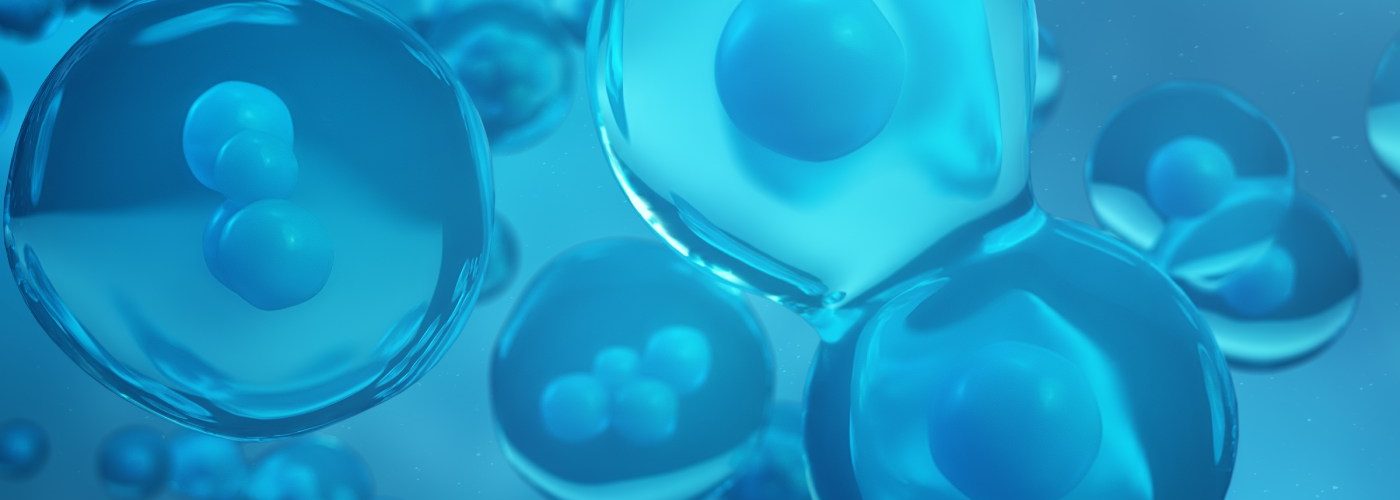
To many people, an embryo is simply the blanket term for what results from an egg being fertilized by a sperm cell. It remains an embryo until about the eighth week of pregnancy, when it becomes a foetus. However, to those have been on their own in-vitro fertilisation (IVF) journey, the embryo has several distinct stages that it goes through in early development. These development stages are very important to the IVF process, particularly when it comes to the decision made by embryologists about the timing of embryo transfer.
In this article, we’ll look at the advantages and disadvantages of blastocyst transfer versus cleavage-stage embryo transfer. We will also address commonly asked questions including:
- What are the stages of embryo development?
- What is cleavage-stage embryo transfer?
- What is blastocyst transfer?
- How is the decision made, and why?
- Which transfer method has the best outcome: a day 3 embryo transfer or a day 5 embryo transfer?
The stages of embryo development
When an egg is fertilized by a sperm, whether naturally or in the IVF laboratory, the two cells fuse together to become a single cell known as a zygote. This begins a process of cell division which, in normal embryo development, occurs every 8 to 20 hours. When the embryo contains between 2 to 16 cells, normally between day 2 and day 3, the embryo enters what is known as the cleavage stage. The cells start to multiply rapidly and once the embryo reaches day 5 of its development, it is made up of around 70 to 100 cells. This stage of embryo development is called the blastocyst stage. An embryo which has advanced to the blastocyst stage is known as a blastocyst.
Embryo transfer is the final step in the IVF process where the embryo leaves the highly controlled environment of the laboratory and is transferred to the patient’s uterus. Once transferred, the embryo will hopefully implant and result in a healthy pregnancy. The transfer can take place at different stages of an embryo’s development and before the procedure can be scheduled, a decision must be made whether you will have a day 3 embryo transfer (cleavage-stage transfer) or at day 5 embryo transfer (blastocyst transfer).
Whether you have an embryo transfer at day 3 or at day 5, a blood pregnancy test is performed around two weeks after the transfer procedure.
What is cleavage-stage embryo transfer?
Cleavage-stage embryo transfer refers to the process of transferring an embryo to the womb at day 2 or day 3 of its development. At this point, the embryo is at an early stage in its development and has fewer cells which are just beginning to divide (or ‘cleave’). The way in which an embryo’s cells divide often reveals a lot of important information about its ability to grow and develop. By day 2 or 3, embryologists have had less time to observe an embryo’s cell division patterns, which can make it more difficult to accurately judge whether an embryo has a good chance of implanting and resulting in a successful pregnancy.
However, it is still possible for embryologists to make key assessments about the viability of an embryo at day 3, and in some cases, an embryo transfer at cleavage stage may be recommended.
Up until recently, cleavage-stage embryo transfers were more common because IVF laboratories did not have the technology to grow embryos to the advanced stages of development. Today, many labs are now equipped with technology to nurture embryos until they reach the blastocyst stage.
What is blastocyst transfer?
Blastocyst transfer refers to the process of transferring an embryo to the womb at day 5 or 6 of its development. This differs from a cleavage-stage transfer because the embryo has had longer to develop within the laboratory and embryologists have had more time to study its cell division patterns. By allowing embryologists more time to closely observe the embryo’s development, they can make a more informed judgment about the likelihood of that particular embryo implanting and continuing a healthy development.
How is the decision about transfer timing made, and why?
During natural conception, a developing embryo would not normally reach the uterus before entering the blastocyst stage. This would typically happen five days after conception. It is at this stage that the embryo would implant in what would hopefully result in a pregnancy. Within the field of assisted reproduction, we aim to replicate the natural order of conception and implantation as closely as possible. However, there are some cases in which transferring an embryo at day 2 or 3 is more likely to result in a positive outcome.
The timing of an embryo transfer is a medical decision made by clinicians, and it is based on the specific circumstances of each individual patient. Transferring an embryo at cleavage stage, also known as a day 3 embryo transfer, may be recommended if there is concern that an embryo may not reach blastocyst stage.
We have seen that cleavage stage transfer may be chosen as a sort of ‘insurance’ against there being no embryos left by the blastocyst stage. However as laboratory conditions and techniques continue to improve, there is more and more chance that one or more embryos will be available for blastocyst transfer. One particularly interesting advance of this kind is the development, in which we at IVI were involved, of the Embryoscope.
The EmbryoScope
This is an add-on to IVF treatment and it is a personal decision for the patient whether to make use of it, but it has certain advantages. It is essentially a monitoring technique so that embryologists can observe the development of the embryo in real time. This helps not only to select the healthiest embryo for transfer, but to decide what is the optimal time for transfer. A further advantage is the ability to provide an undisturbed incubator environment for the embryo rather than needing to move it for observation. The undisturbed environment is likely to result in the survival of more embryos up to the 5-6 day blastocyst stage. This, in turn, can lead to an increased implantation and pregnancy rate.
Which transfer method has the best outcomes?
In the UK, about 75% of IVF treatments involve blastocyst transfer and in 25% of cases, cleavage stage transfer is chosen. Statistically, blastocyst transfers tend to result in higher birth rates but there may be good medical reasons in individual cases why cleavage stage is the preferred option. This could include patients who produce a low number of healthy eggs and also older women and couples with just one or two embryos available. In general, blastocyst transfer is likely to be the recommendation of your embryologist if you are younger and have a good number of embryos.
Find out more about IVI
At IVI we have one of the best IVF success rates in the world, and we continue to improve and develop new innovations in the world of assisted fertility. The embryoscope is just one such improvement; in different circumstances and for different patients, other techniques such as pre-implantation genetic testing could be essential.
If you would like to know more about any of these innovations, or would like to discuss any fertility issues, do get in touch , or even book a visit to one of our clinics in London or Birmingham. It could be the first step towards becoming a parent!





Comments are closed here.